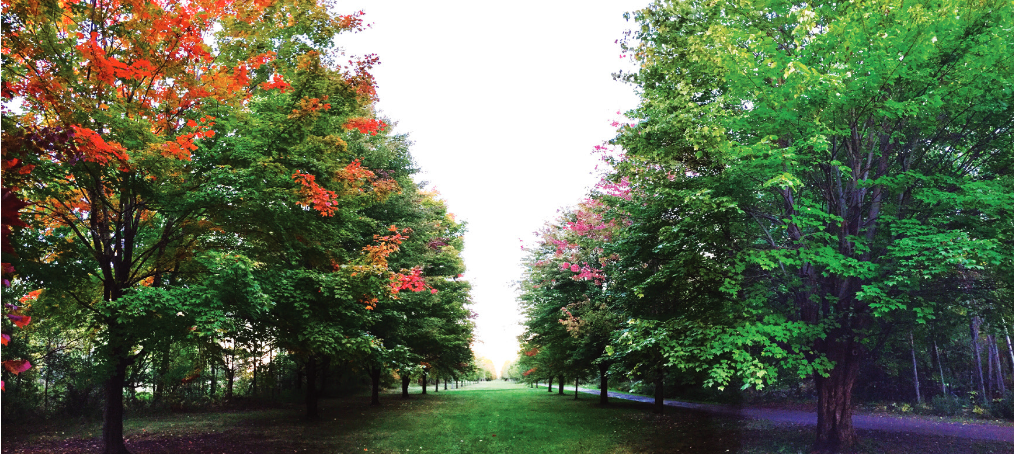Photo via Olivia White ’17
Late last week, federal authorities offered much needed assistance to North Country farmers. On September 30, the US Department of Agriculture added Jefferson, Lewis, Oswego and Broome counties to the list of primary natural disaster areas. Due to its proximity to these classified counties, St. Lawrence County is now eligible for additional Department of Agriculture relief funding. This funding is meant to aid farmers who have experienced crop loss in recent months. According to Jefferson County’s Local Development County, some farms have experience crop loss of up to 60 percent.
Since mid-Summer, much of New England has been marred by an extended period of drought. From Bar Harbor, Maine to Buffalo, New York, large swaths of farmland are currently classified by the Department of Agriculture as experiencing extreme drought conditions. A weather station at the Watertown Airport records rainfall for Jefferson County. According to the station, just twelve inches of rain have fallen over the past six months.
“It was dry all summer,” said Allison Noble ’17, whose family operates a pumpkin farm in Canton. “People at the farmers market have suffered from small crops. For them, summer is [typically] the season where they generate the most income,” she added. Recently, Noble and her family have seen the effect of the drought on their pumpkin patch. “We were worried about the crops after seeing some of the vines,” said Noble. “It has been tough, we weren’t able to water the pumpkins because our well was dry.” Since the winter the water table has been low due to the small amount of snow this past winter, this has only been further exacerbated by the drought’s heat.
The drought’s effects are felt across the North Country. Louie Freda ’17 and his younger brother Joe have a small garden behind their home in Watertown. Their garden hosts a variety of plants including baby tomatoes, basil, and white pansies, all of which have been impacted by the drought. “We had to use a lot more water this summer,” stated Joe. “The sprinkler would be on from 8:30 in the morning until close to 2 in the afternoon,” he added.
The impact of drought conditions is not limited to farmers and gardeners; it also has the potential to damage the vibrancy of fall foliage. In drought conditions, leaves have a tendency to be scorched. If this occurs, foliage turns a darker brown color, rather than transforming into the vibrant orange and red hues that are often associated with fall. This not only affects the aesthetics of SLU’s tree-filled campus or the likes received on a fall-themed Instagram, it also has a deep impact on the tourism economy of New England and the Adirondacks. Without the stunning displays of colorful trees, the region’s leaf-peeping tourists are likely to stay home instead of injecting their funds into the lo-cal economy.
While the drought has also decreased the crop for apple orchards, the dry weather has caused one small benefit to apple eaters. Since the fruit trees absorb less water, the concentration of sugars is much higher. This ultimately leads to apples that are much sweeter in flavor.



